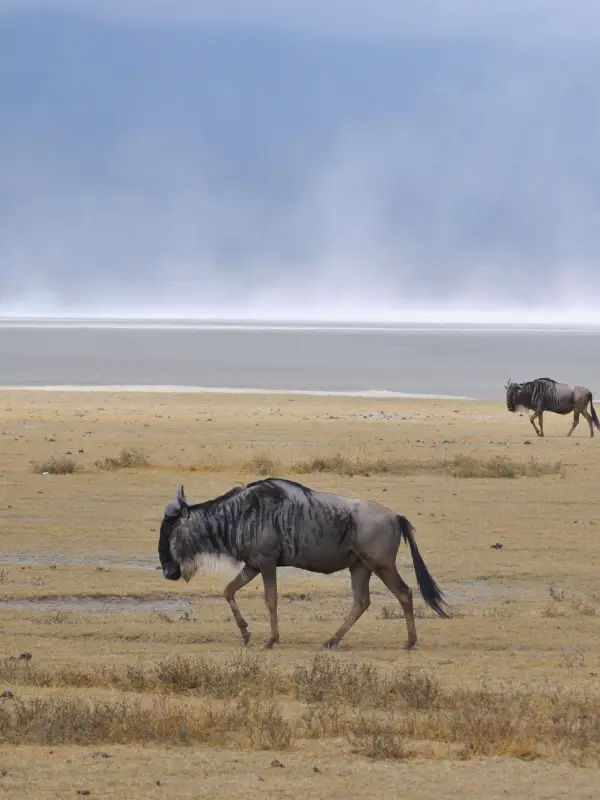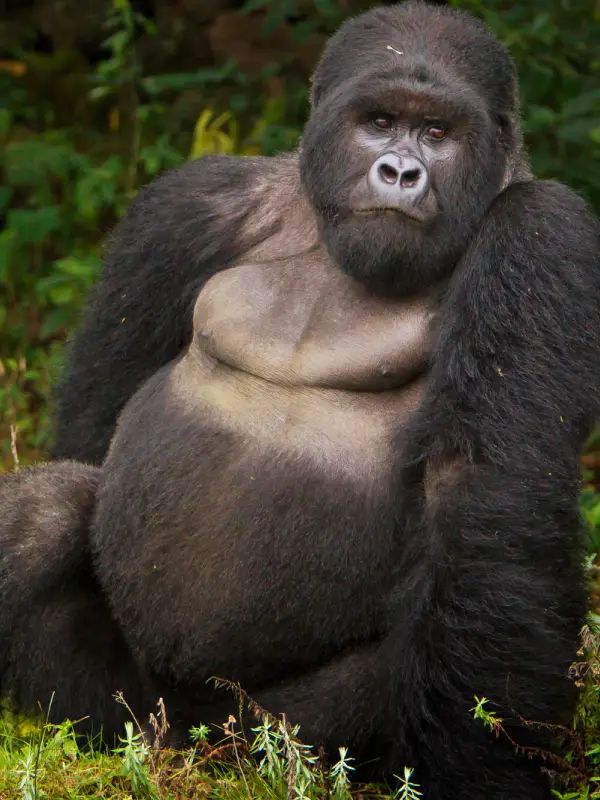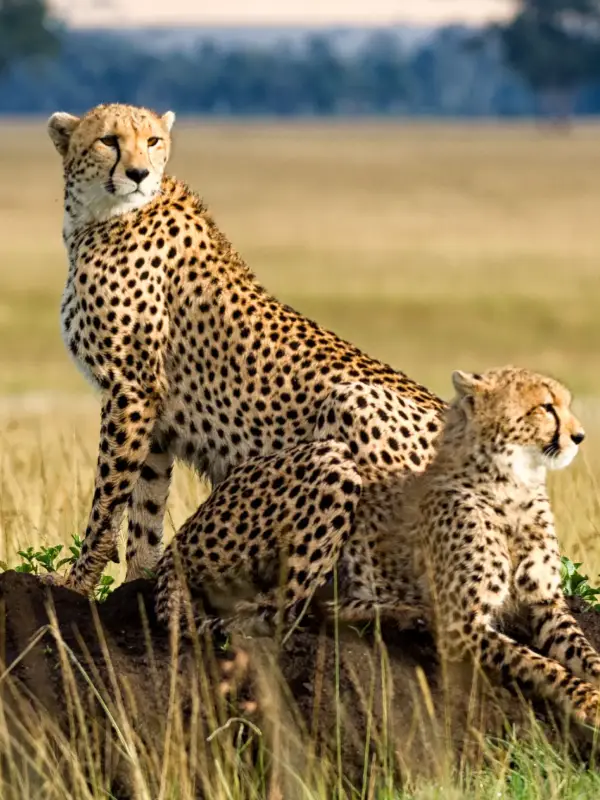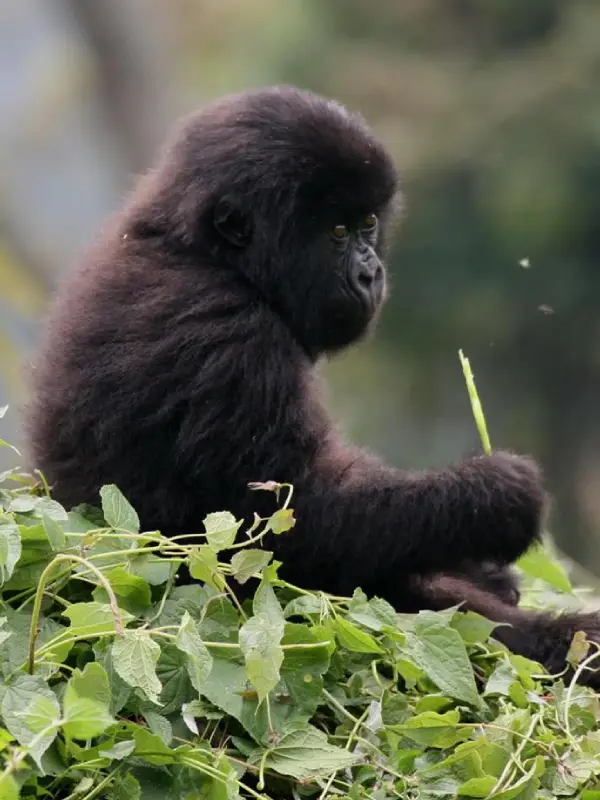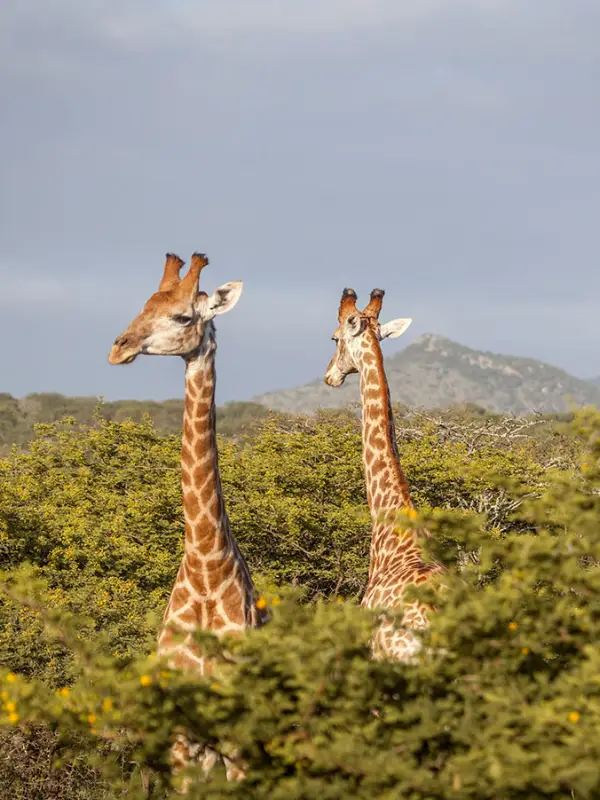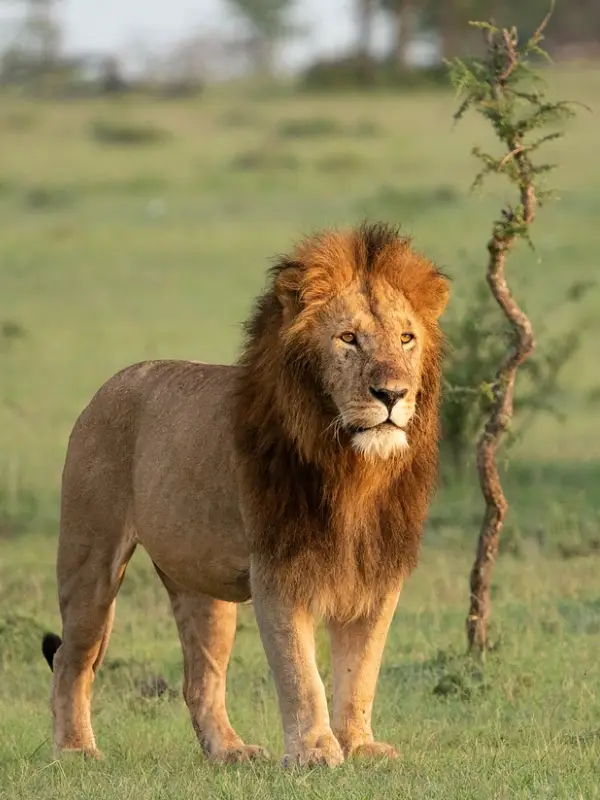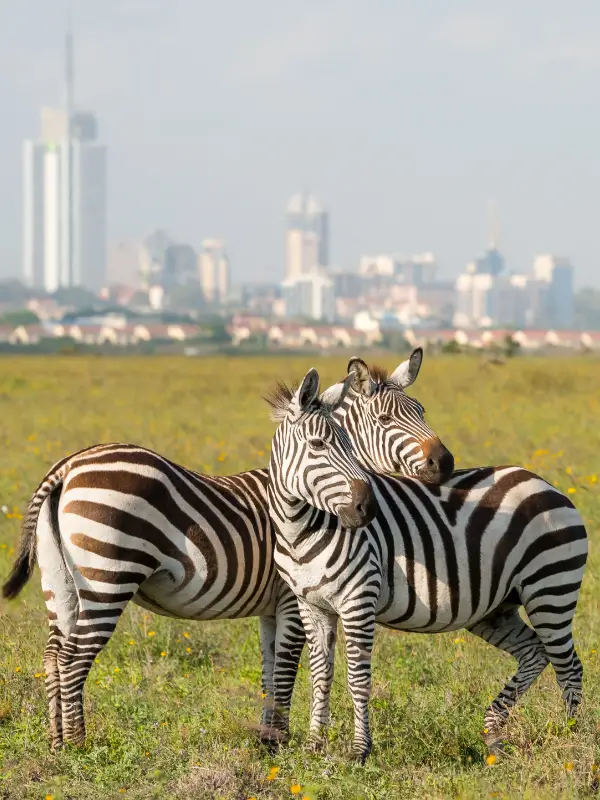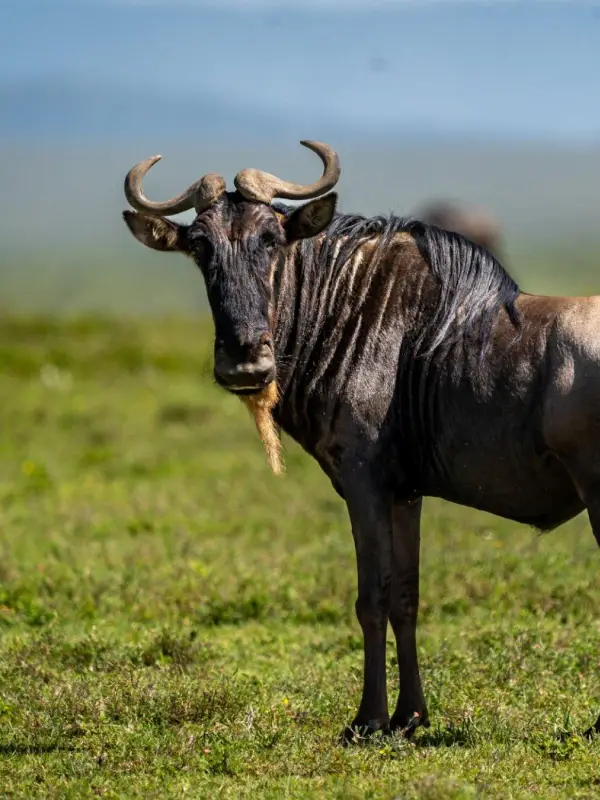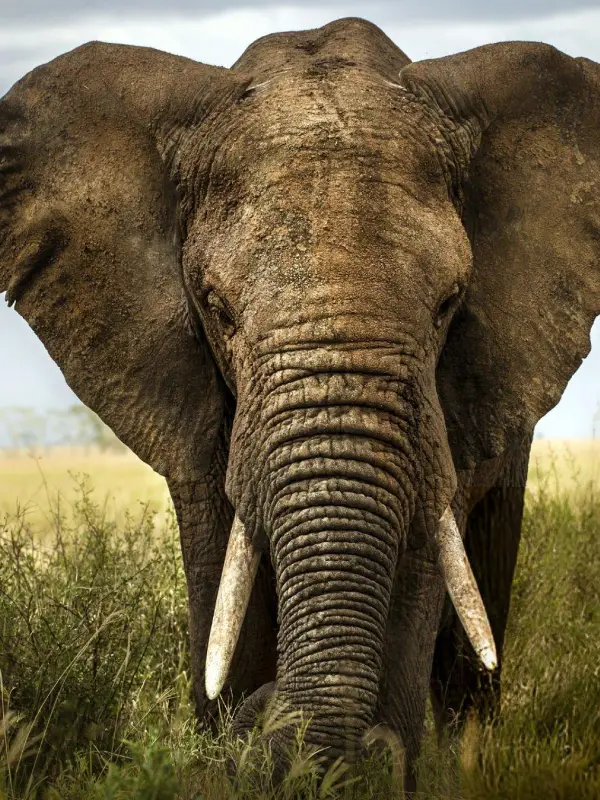Tanzania
Tarangire National Park
Vast landscapes, thriving wildlife, and timeless beauty in Tarangire.
Tarangire National Park offers sweeping savannahs, ancient baobab trees, and remarkable wildlife diversity. Known for large elephant herds and rich birdlife, its dry-season riverbanks attract countless species, creating incredible safari moments in a tranquil, less-crowded wilderness setting.
Area
2,850 sq km
Established
1970
Location
Northern Tanzania
Altitude
1,000 - 1,550 m
Area
2,850 sq km
Established
1970
Location
Northern Tanzania
Altitude
1,000 - 1,500 m
Untamed Wilderness in Tanzania’s Peaceful Safari Haven!
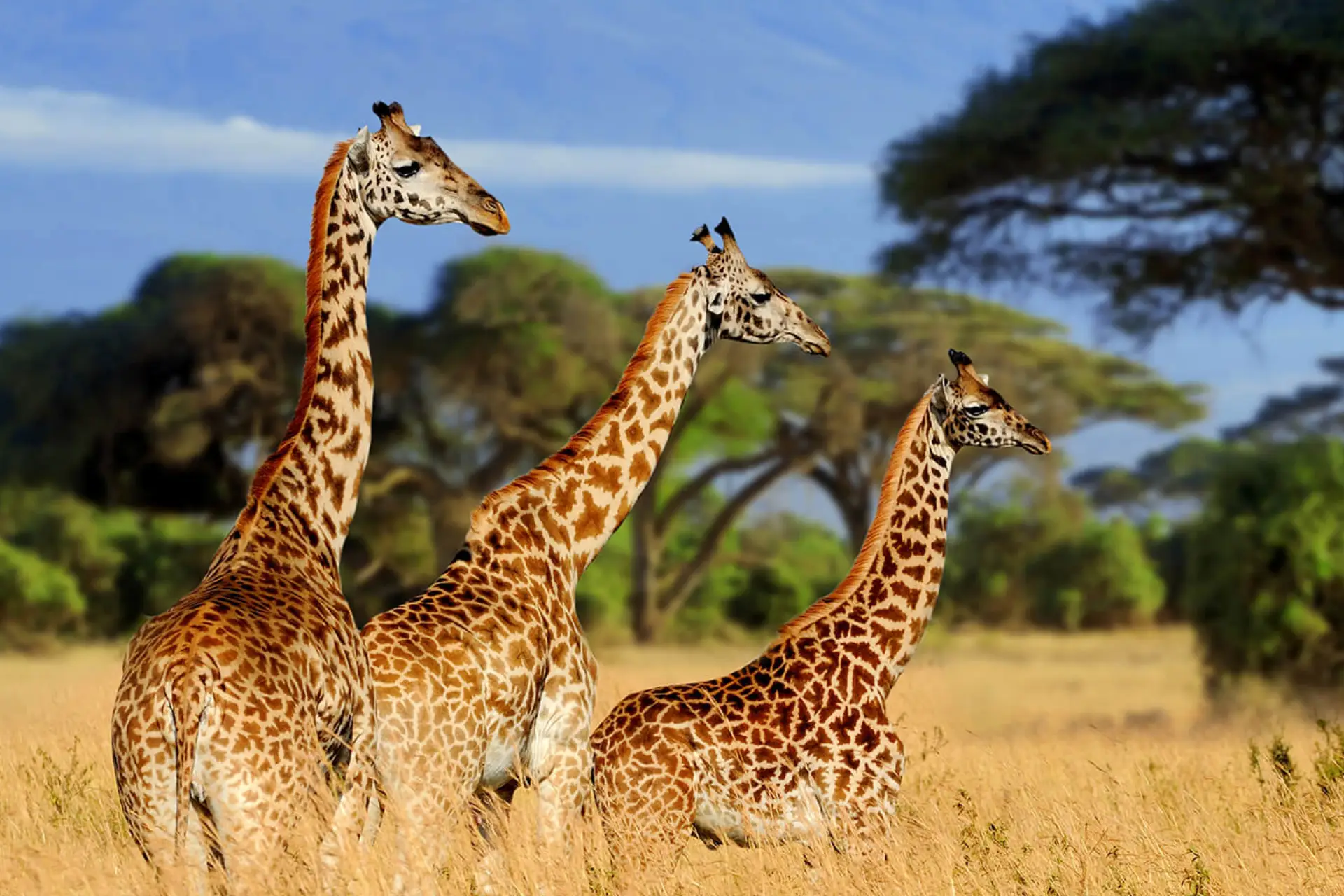
The park is famous for having the largest elephant herds in Tanzania, often with more than 300 elephants, as well as buffalo, lions, leopards, and uncommon animals like the gerenuk. More than 500 documented species will interest bird lovers.
Visitors may do more than just standard game drives. They can also go on walking safaris, ride hot-air balloons at sunrise, and drive at night to see animals that are hard to see during the day. Tarangire is one of the most underappreciated but rewarding safari sites in northern Tanzania because of its natural beauty and wide range of animals.
Tarangire National Park is a haven where vast open spaces and a wide variety of plants and animals converge. Although it doesn’t receive as much attention as other parks, it offers a genuine and peaceful safari experience for those seeking a break from the hustle and bustle.
Its sceneries are a stunning mix of granite hills, river basins, seasonal wetlands, and plains with famous baobab trees. This variety makes it an excellent place for many different kinds of animals to live all year round.
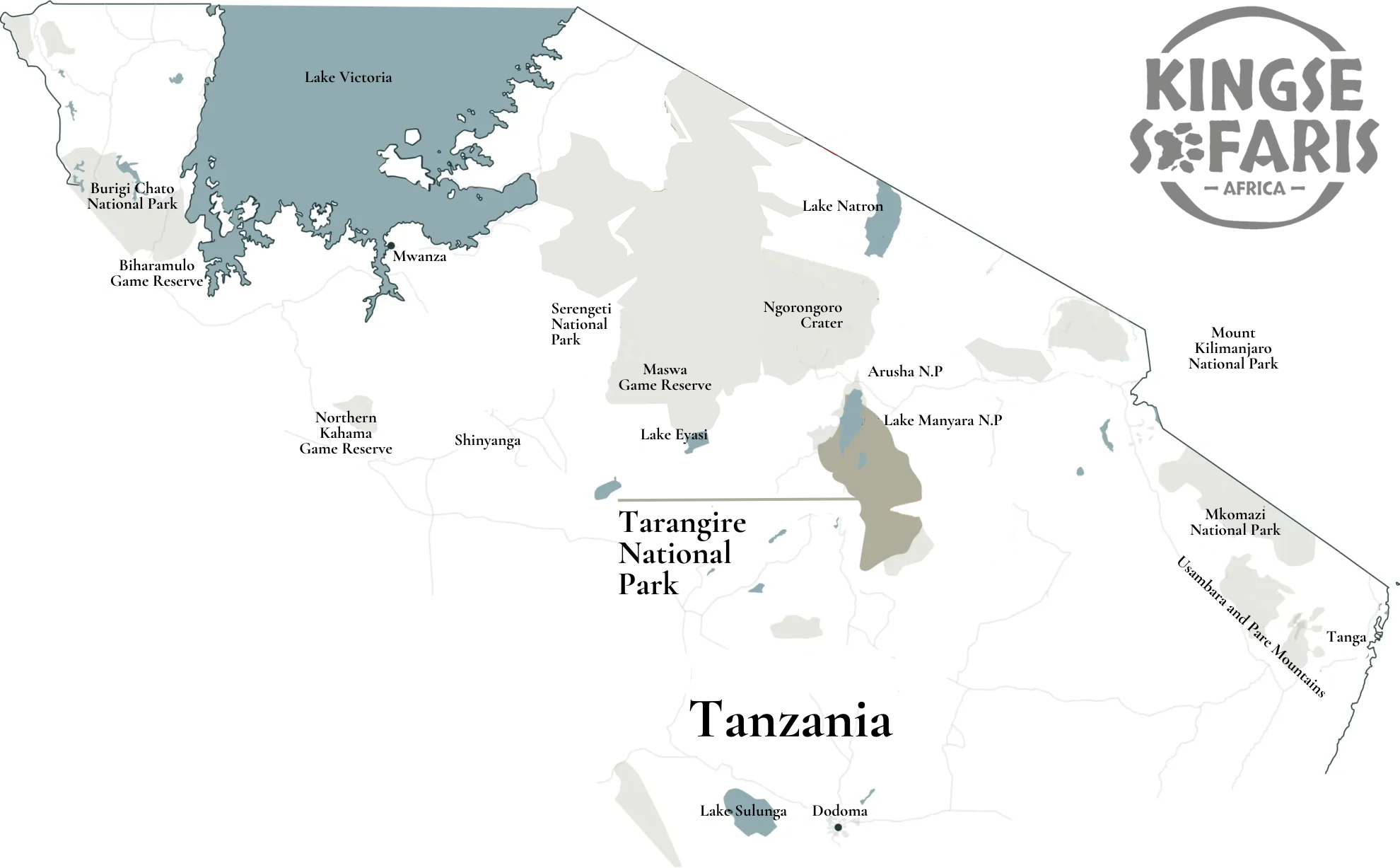
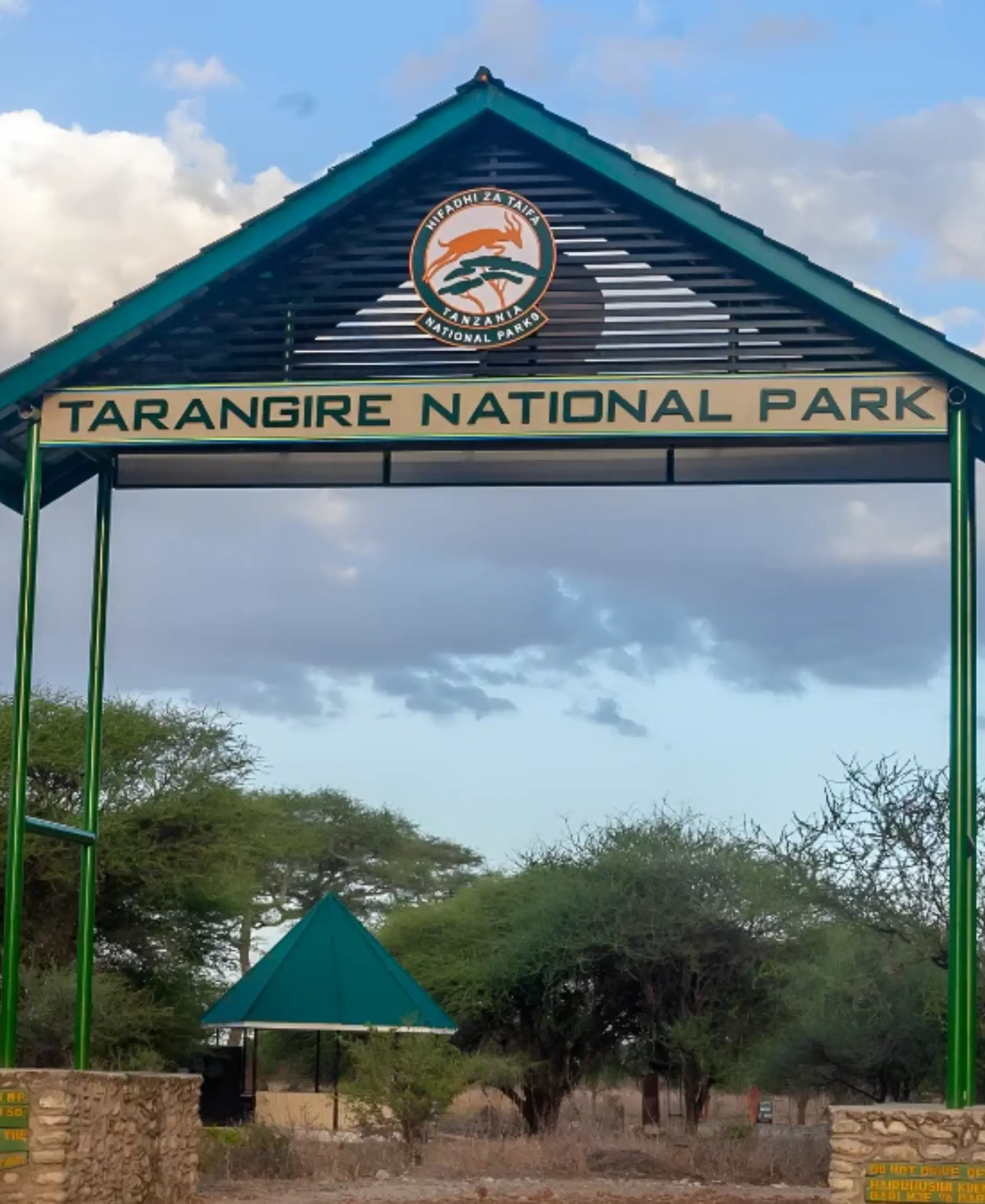
Best Time To Visit Tarangire
The prime months for wildlife viewing are July to November, during the Dry season, when animals gather near the Tarangire River. Wet months bring fewer sightings but lush, scenic landscapes.
Best Time
July to November
High Season
June to October
Low Season
April and May
Best Weather
June to October
Best Time
July to November
High Season
June to October
Low Season
April and May
Best Weather
June to October
Discover East Africa's Best Safari Packages
7 Days Tanzania Safari
5 Days Rwanda Safari
7 Days Kenya Safari
7 Days Uganda Safari
Why Tarangire Should Be on Every Safari Itinerary
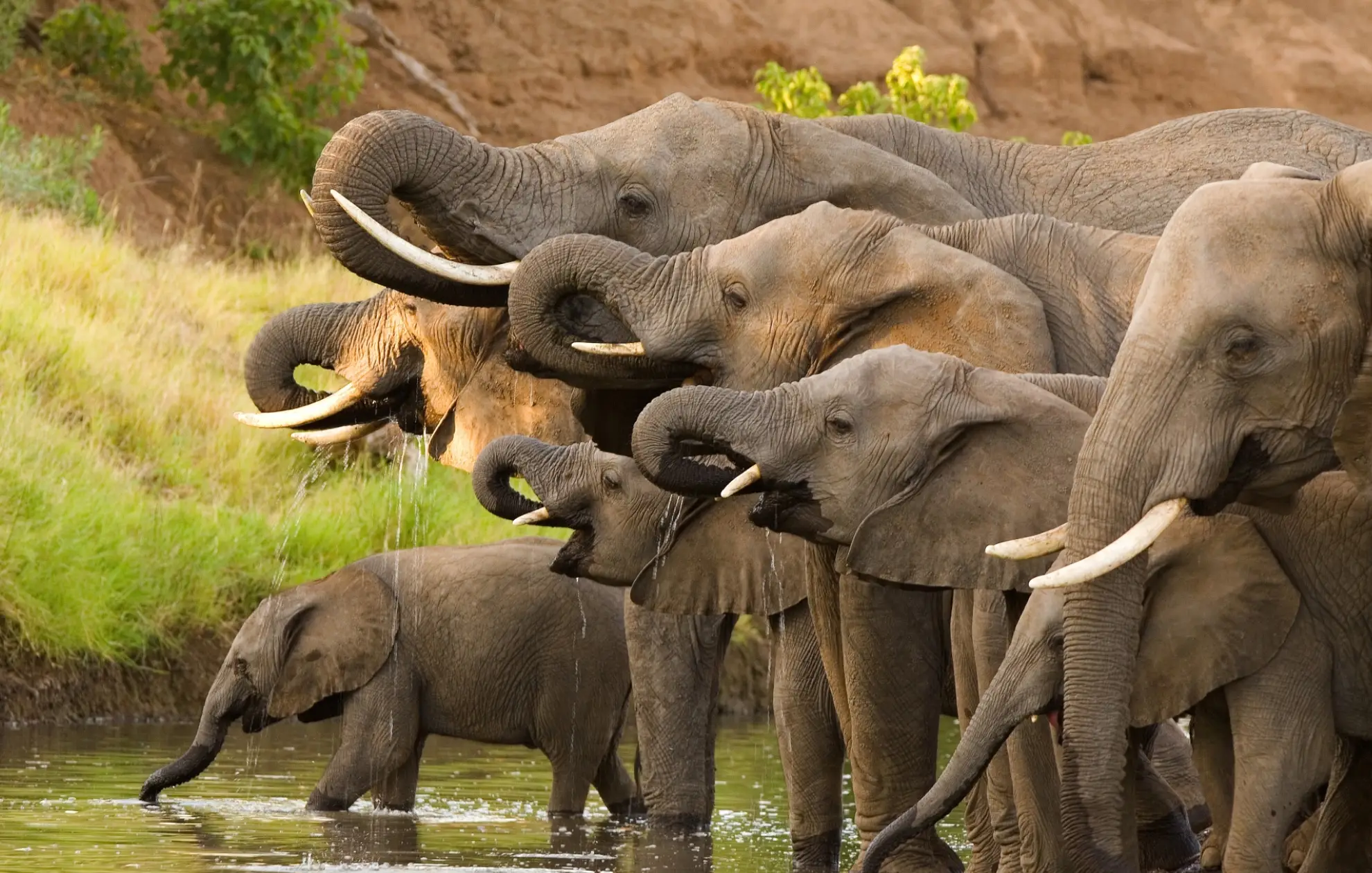
Beyond the big game, Tarangire surprises with rarities. Visitors may encounter wild dogs or graceful antelopes like the fringe-eared oryx and gerenuk, species rarely seen elsewhere on northern circuits.
Add to this the park’s iconic baobab-studded horizons, golden grasslands, and a bird list of over 500 species, and Tarangire becomes a destination that combines raw wilderness with peaceful safari solitude.
Tarangire National Park is often called Tanzania’s hidden safari jewel, offering a sense of quiet wilderness that feels worlds apart from busier reserves. Its beauty lies not only in its animals but also in its rhythm of life.
During the dry season, Tarangire becomes a gathering ground for one of Africa’s greatest wildlife spectacles. Herds of elephants, sometimes numbering in the hundreds, converge on the Tarangire River alongside buffalo, antelope, and prowling predators.
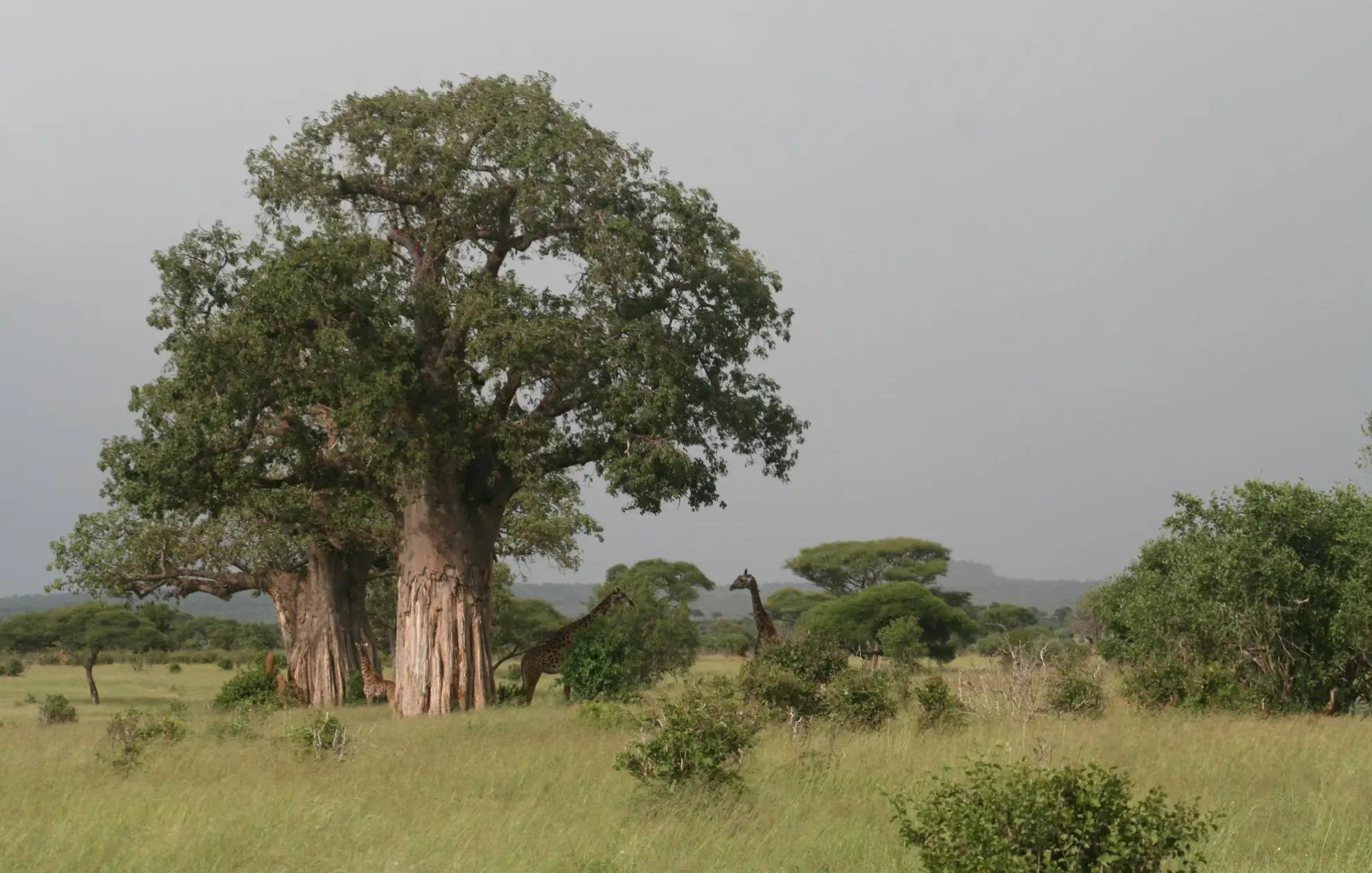
Tanzania Safari FAQs to Guide Your Dream Adventure
It can be overwhelming to plan a safari in Tanzania, but we’ve made it easier for you. Here are the most common questions that people have before going to East Africa’s most famous wildlife destination.
What makes Tanzania different from other safari destinations?
Tanzania is one of Africa’s ultimate safari destinations thanks to its sheer diversity. The Serengeti hosts the world-famous Great Wildebeest Migration, Ngorongoro Crater offers a unique chance to see the Big Five in one day, Mount Kilimanjaro promises iconic trekking adventures, and Zanzibar adds beach relaxation after a wildlife-filled safari.
Do I need a visa to visit Tanzania?
Yes, most travelers require a visa to enter Tanzania. You can apply for an e-visa online before travel or get one on arrival at airports such as Kilimanjaro International or Dar es Salaam.
The single-entry tourist visa usually costs $50–$100, depending on your nationality, and allows a stay of up to 90 days. Make sure your passport is valid for at least six months from your date of entry.
When is the best time to see wildlife?
Tanzania is fantastic year-round, but wildlife viewing is especially good in the dry season (June–October), when animals gather around rivers and waterholes.
If you want to witness the Great Migration River crossings, July to September is ideal.
For those interested in birdwatching and calving season (when wildebeest give birth), January–February is excellent.
Green season (March–May) brings lush scenery, fewer crowds, and lower prices, though some rains may limit movement.
What vaccinations or health precautions should I take?
If you are going to or passing through a place where yellow fever is a concern, you need to get a yellow fever vaccination. It is very important to avoid getting malaria, so talk to your doctor about the best medicine to take.
It’s also a good idea to keep up with your usual vaccinations, like those for hepatitis A and B, typhoid, and tetanus. During your Tanzania Safari, bring bug spray, drink bottled or filtered water, and keep yourself clean.
What should I pack for a Tanzania safari?
The most important things are comfort and usefulness. Wearing clothes in neutral colours like khaki, beige, or olive helps you blend in with your surroundings and keeps bugs away. Bring light clothing because it can be cool in the morning and evening, but warm in the afternoon. You need strong walking shoes or boots, especially for game walks or hikes. You should bring binoculars, a camera, sunscreen, a hat with a wide brim, bug spray, and reusable water bottles. When going mountain trekking, you need to wear warm clothes and rain gear.
Is Tanzania safe for travellers?
Yes, tourists may feel safe and welcome in Tanzania. National parks are secure, and the guides are experienced specialists. It’s wise to be careful in cities, just like anywhere else. Don’t carry valuables in plain sight, use licensed cabs, and don’t stroll alone at night. Most guests say they feel comfortable, especially when they go on safari with a trusted company like ours.
How much does a Tanzania safari cost?
The Tanzania Safari Cost depends on the level of comfort and duration. On average:
- Budget safaris: $200–$300 per person per day (camping or simple lodges).
- Mid-range safaris: $400–$800 per person per day (comfortable lodges/tented camps).
- Luxury safaris: $1,000+ per person per day (exclusive lodges, private vehicles, luxury experiences).
The price usually covers accommodation, park fees, meals, and game drives. Flights, visas, and tips are typically extra.
When does the Great Wildebeest Migration happen?
The migration is a year-round event as over 1.5 million wildebeest, zebras, and gazelles move in search of fresh grazing. In Tanzania, the action is best between December and July:
- December–March: Calving season in Southern Serengeti.
- April–June: Herds move north through Central and Western Serengeti.
- July–October: Famous Mara River crossings in Northern Serengeti.
By November, herds start returning south. Timing depends on rainfall patterns, but Tanzania always hosts a significant part of the cycle.
Can families with children enjoy a safari in Tanzania?
Of course! Tanzania is an excellent place for families because lodges and camps have family suites, kids’ menus, and activities for young adventurers. You can make game drives shorter, and some camps even feature nature excursions and cultural activities for kids. Kids adore seeing elephants, giraffes, and zebras up close, and parents can relax knowing that the guides are well-trained.
What unique experiences can I try beyond safaris?
Tanzania isn’t just about game drives. You can also:
- Trek Mount Kilimanjaro or Mount Meru for world-class climbing adventures.
- Take a hot-air balloon safari over the Serengeti at sunrise.
- Visit the Maasai and Hadzabe tribes for authentic cultural interactions.
- Explore the spice farms and pristine beaches of
Immersive Safari Moments in Tarangire’s Wild Heart
Thrilling Night drives
Watch elephants
Walk Forest Trails
Morning Game drives
More Tanzania Adventures
Experience Tanzania’s Finest Wildlife and Landscapes
Journey through Tanzania’s remarkable destinations with Kingse Safaris Africa. From vast game reserves to tranquil islands, every location offers breathtaking scenery, rich wildlife encounters, and unforgettable moments for travellers seeking authentic East African adventures.
Creating Your Dream Safari, The Way You Want it
Kingse Safaris Africa offers customized tours tailored to your needs. Everything about your trip can be altered to suit your travel style, from the activities to the schedule. Join us and design your dream journey with us!








